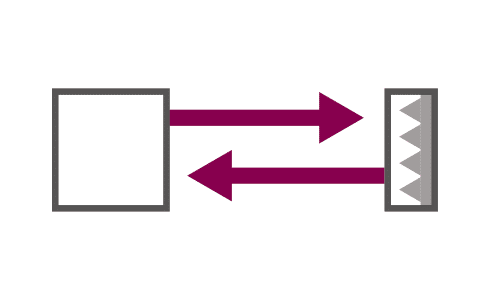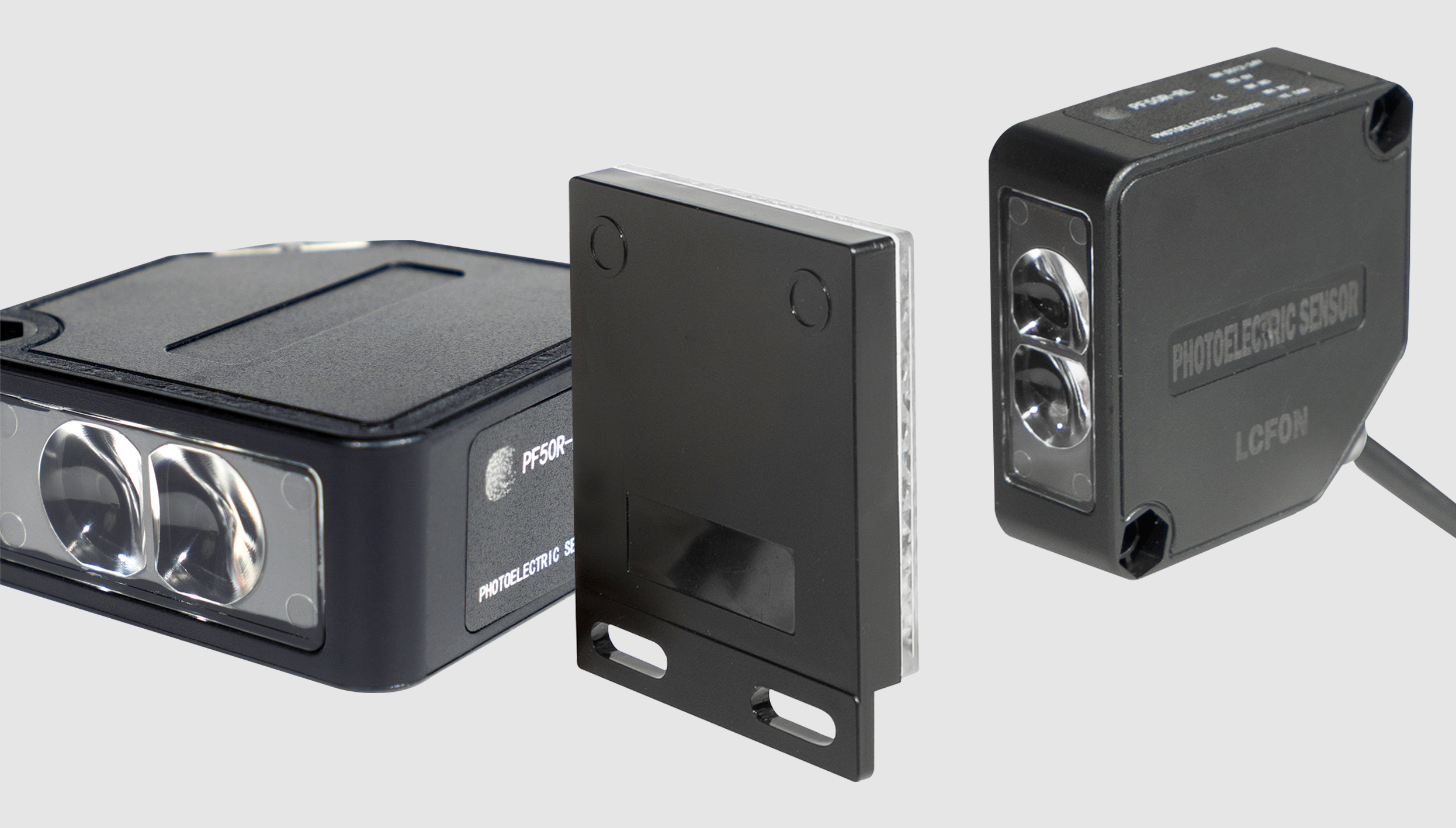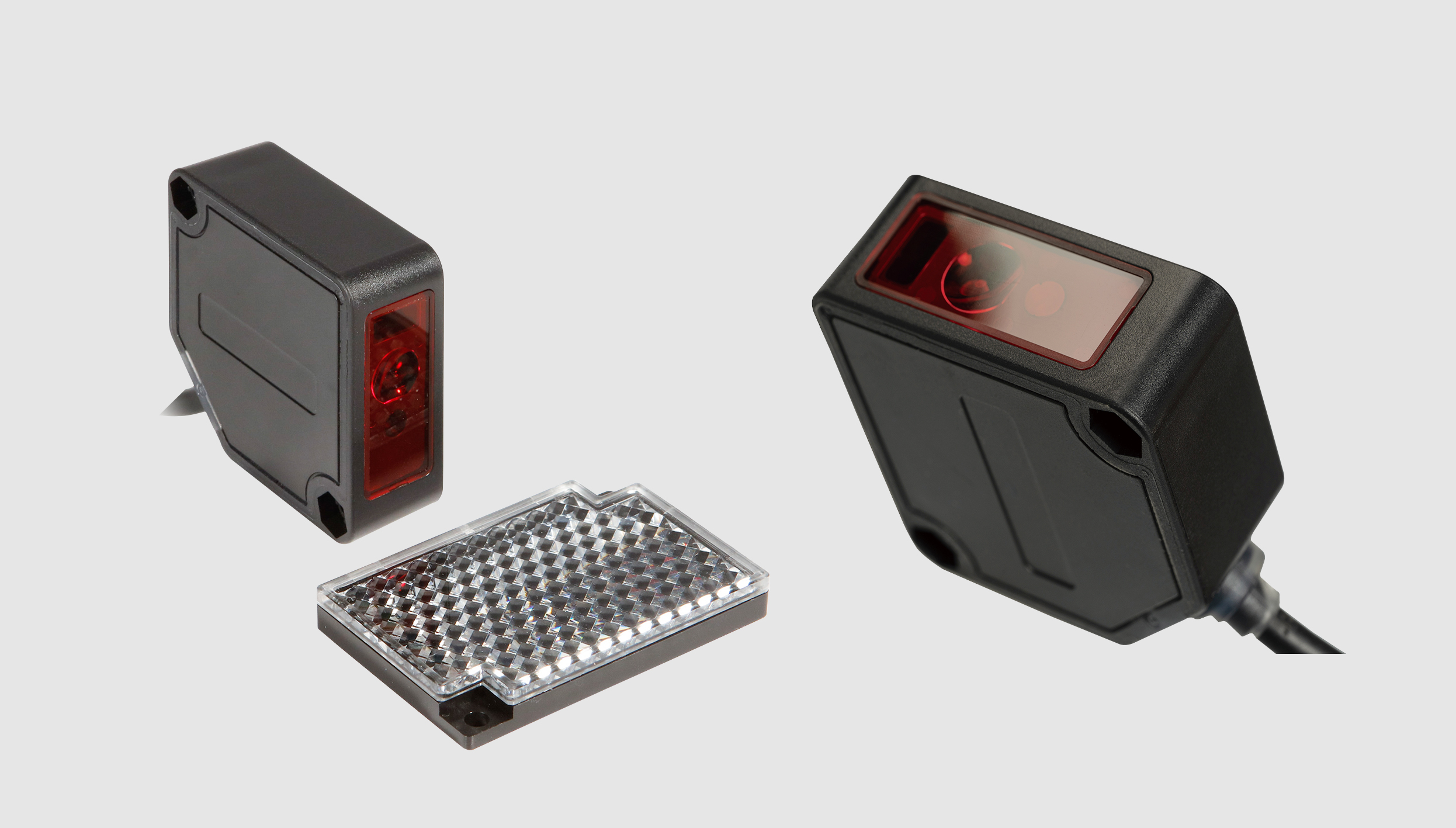NEWS
What is the role of polarizers in photo sensors?
- Categories:INDUSTRY NEWS
- Author:
- Origin:
- Time of issue:2022-08-08 11:04
- Views:
(Summary description)There are two types of retro-reflective sensors from G-TEK Sensors. One is an ordinary retro-reflective sensor, and the other is an optimized version of the laser retro-reflective sensor.
What is the role of polarizers in photo sensors?
(Summary description)There are two types of retro-reflective sensors from G-TEK Sensors. One is an ordinary retro-reflective sensor, and the other is an optimized version of the laser retro-reflective sensor.
- Categories:INDUSTRY NEWS
- Author:
- Origin:
- Time of issue:2022-08-08 11:04
- Views:
There are two types of retro-reflective sensors from G-TEK Sensors. One is an ordinary retro-reflective sensor, and the other is an optimized version of the laser retro-reflective sensor. Comparing the features of the two models, the PF50R-ARD not only replaced the ordinary LED light source with a second-level red laser with higher visibility, but also added a polarizer to the product.
(Infrared LED Retro-reflective Photoelectric Sensor)
So what exactly is the effect of adding a polarizer?
When detecting the presence or absence of an object, the general specular photoelectric switch uses the reflectivity of the detected object to light to be much lower than that of the mirror surface, so that the optical path is significantly attenuated to change the output signal for detection. This type of detection has a shorter detection distance than the counter-beam type, and is longer than the diffuse reflection type, and only needs a single cable for power distribution. The adjustment of the optical axis of the mirror is much easier than that of the counter-beam type, and has been widely used. However, there is a problem with the mirror reflection type photoelectric sensor, that is, objects with a smooth surface will reflect the light beam with the same intensity as the reflector, such as smooth flat glass, mirror mirrors that reflect the face, etc. Because the optical path attenuation is not obvious, the receiving The detector cannot distinguish whether the light wave it receives is from the reflector or from the detected object, so it cannot identify the detected object. Malfunctions will occur. However, the specular reflection photoelectric switch with polarization function can solve this problem. Its main working principle is realized by using the polarization principle of light.
According to optical principles, a beam of natural light can be decomposed into vertically polarized light and horizontally polarized light
Polarized light is only transmitted in the form of a specific light wave amplitude azimuth (vertical or horizontal), and polarized light is generated by polarizers. The polarizer is a grid with many slits, only the light waves that conform to its polarization direction can pass through the slits on the corresponding polarizing filter (the horizontal filter can only pass horizontally polarized light waves, and the vertical filter Only vertically polarized light waves can be passed).

For example, a horizontal filter is installed in front of the transmitter in the mirror reflection type photoelectric switch and a vertical polarization filter is installed in front of the receiver. The emitted light first passes through the horizontal polarization filter, so that there is only one horizontal polarization When the light is emitted, the horizontally polarized light reaches the right-angle mirror without interruption. When there is no object to be detected, the mirror reflects the horizontally polarized light wave and reverses its polarization orientation by 90°, so that the returned vertically polarized light The light wave can pass through the vertical polarization filter in front of the receiver and reach the phototransistor at the receiving end, and the light beam forms a loop. When a detected object passes through, the reflected beam attenuates a lot, and the photoelectric switch outputs a signal.
If the detected object is glass or mirror surface, the reflectivity is very strong, and its glass surface reflects the light wave with constant intensity, but the polarization direction of the light wave does not change. The reflected light is still horizontally polarized, and the horizontally polarized light cannot pass through the vertical polarizer in front of the receiver. In this way, since the receiver cannot receive the light wave, the light beam circuit is interrupted, and the photoelectric switch outputs the signal.
Scan the QR code to read on your phone
Copyright © 2019 Tianjin G-TEK sensor technology co..ltd 津ICP备19006465号-1 Powered By 300.cn












